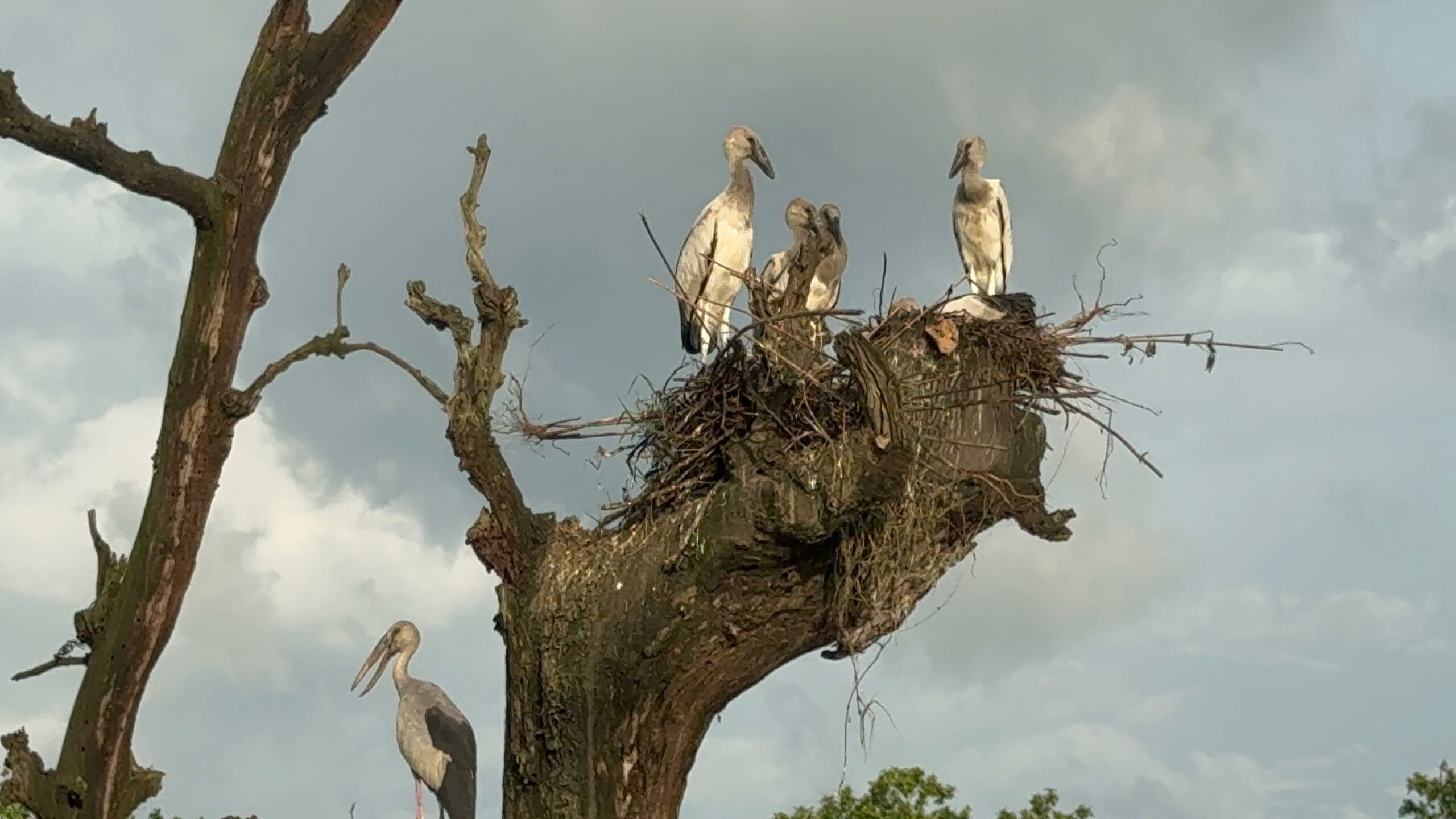As spring blossoms in Nepal’s subtropical lowlands, a remarkable natural event is unfolding in and around the renowned Chitwan National Park. The migratory birds that flock here annually to escape harsh climates and breed have begun hatching their eggs, heralding a vital phase in the avian life cycle and offering a breathtaking spectacle for birdwatchers and nature enthusiasts.
The arrival of these migratory birds generally starts around mid-February, as they journey from far-flung corners of Asia and Africa to Nepal’s diverse habitats. By mid-April and May, the hatching process begins, marking a crucial period for these species to nurture their young before they embark on their return migrations in autumn.

A Haven for Migratory Birds
According to Basu Bidari, President of the Bagmati Province Bird Education Society, an estimated 60 to 80 species of migratory birds have arrived in Chitwan National Park and its surrounding regions this season. Although exact numbers remain elusive, this rich variety underscores Chitwan’s significance as a prime habitat for migratory birds.
“Most of these birds arrive in mid-February and begin hatching their eggs around mid-April and May. They take care of their chicks here until they are strong enough to fly,” said Bidari. “Once the young birds become capable of flight, the parents guide them back to their original destinations, usually between September and October.”
Globally, over 11,000 bird species have been identified, with approximately 40 percent classified as migratory species, highlighting the immense importance of migration for avian survival. Nepal, with its varied geography ranging from the Terai plains to high Himalayas, serves as an essential stopover and breeding ground for many of these species.
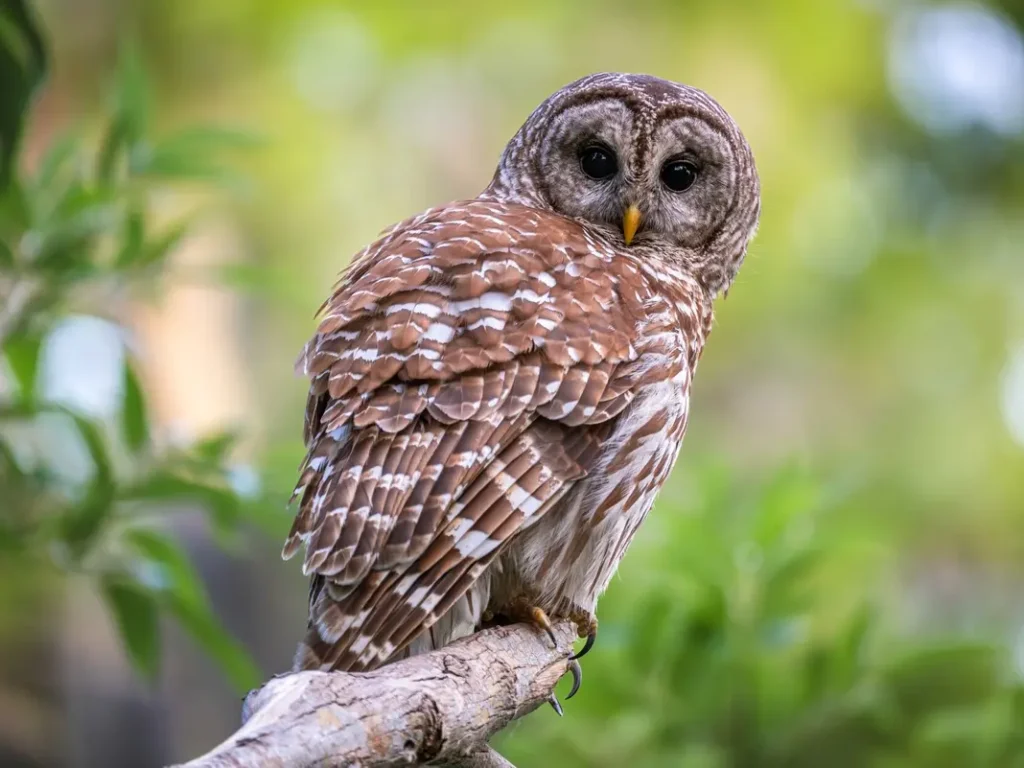
Twice-Yearly Visitors: Winter and Summer Migrants
Bidari elaborated that migratory birds come to Nepal twice a year, each group with distinct purposes and origins. “Some species arrive during winter to escape the freezing cold of northern Asia, particularly from regions like Siberia and Mongolia,” he explained. These winter migrants do not hatch their eggs in Nepal but rather use the area as a safe haven until spring.
Conversely, birds that migrate in the summer season typically come from neighboring countries such as India, Sri Lanka, Southeast Asian nations, and even as far as Africa. These summer migrants seek the temperate climate of Nepal’s lowlands and the abundant resources along riverbanks, forests, and grasslands to breed and raise their offspring.
Summer visitors include iconic species such as the cuckoo, Swargachari, Sunchari, and various types of herons, all of which are known for their vibrant presence during this season. Their arrival is eagerly anticipated by both ornithologists and tourists alike.
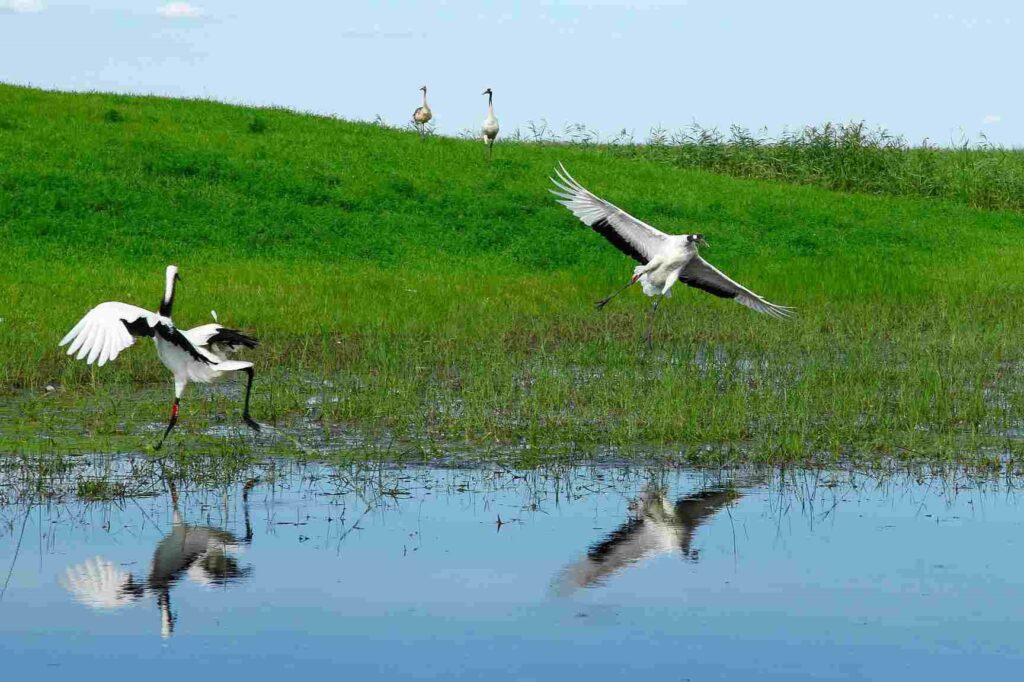
Chitwan: A Birdwatcher’s Paradise
Bijay Giri, President of the Bird Education Society in Chitwan, noted the unique opportunity this season presents for tourists. “This time of year is especially rewarding for visitors as they can witness the beauty of migratory birds in their natural habitats,” he said. “Many of the chicks can be observed recently hatched in nests, carefully hidden among trees and bushes.”
The ability to see these fledglings in their early days offers a rare insight into the life cycle of migratory birds and deepens appreciation for conservation efforts in the area.
Chitwan National Park is home to an astounding diversity of birdlife, with over 652 species recorded within and around the park boundaries. Nationwide, Nepal boasts around 900 bird species, making it a vital country for bird conservation and eco-tourism.
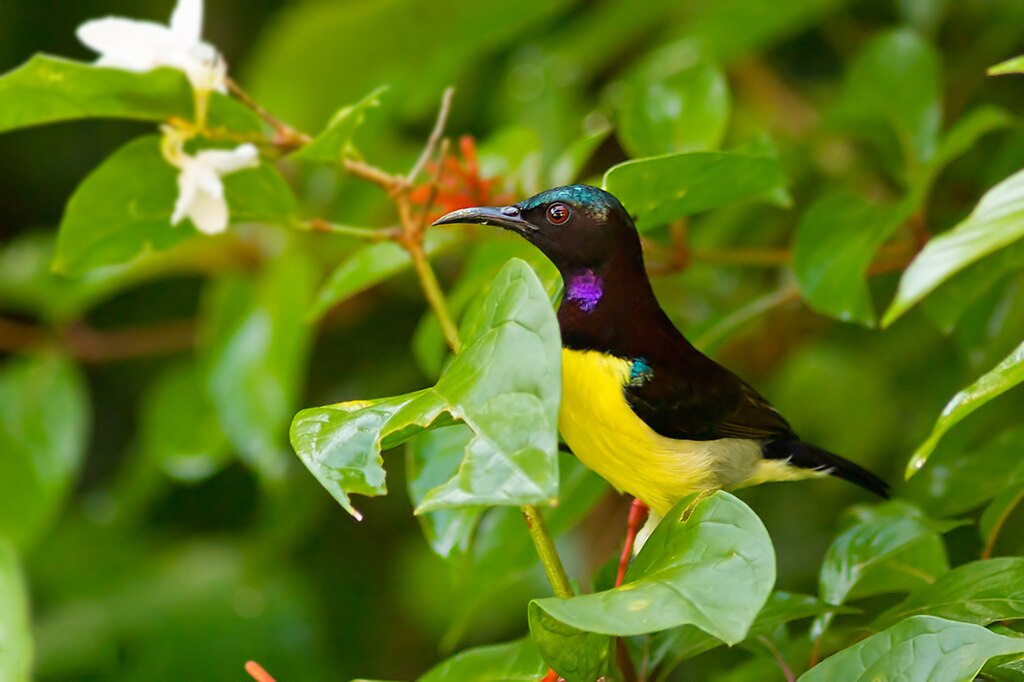
The Journey and the Cycle
The migratory journey is a remarkable feat of endurance and navigation. Birds traveling from Siberia and Mongolia endure harsh winters and undertake long flights to reach the hospitable climes of Nepal. Here, they find ideal conditions to rest and reproduce.
Similarly, summer migratory birds from tropical and subtropical regions arrive to exploit the seasonal abundance of food and suitable breeding grounds. Their offspring will grow over the summer months and prepare to undertake their own journeys by the time autumn arrives.
“These birds contribute significantly to biodiversity and ecological balance,” emphasized Bidari. “Their migration also helps sustain the health of ecosystems by controlling insect populations and pollinating plants.”

Conservation and Tourism
The flourishing migratory bird population is a testament to the relatively healthy ecosystem of Chitwan National Park. However, ongoing conservation efforts remain critical to safeguard these species and their habitats from threats such as habitat loss, pollution, and climate change.
The birdwatching season not only supports biodiversity but also bolsters local economies through eco-tourism. Enthusiasts from around the world travel to Nepal to witness this natural wonder, contributing to the livelihoods of local communities and raising awareness about environmental conservation.
“The presence of these birds highlights the importance of protecting wetlands, forests, and river ecosystems,” Giri said. “Sustainable tourism practices will help ensure that future generations can also enjoy the marvel of migratory birds.”
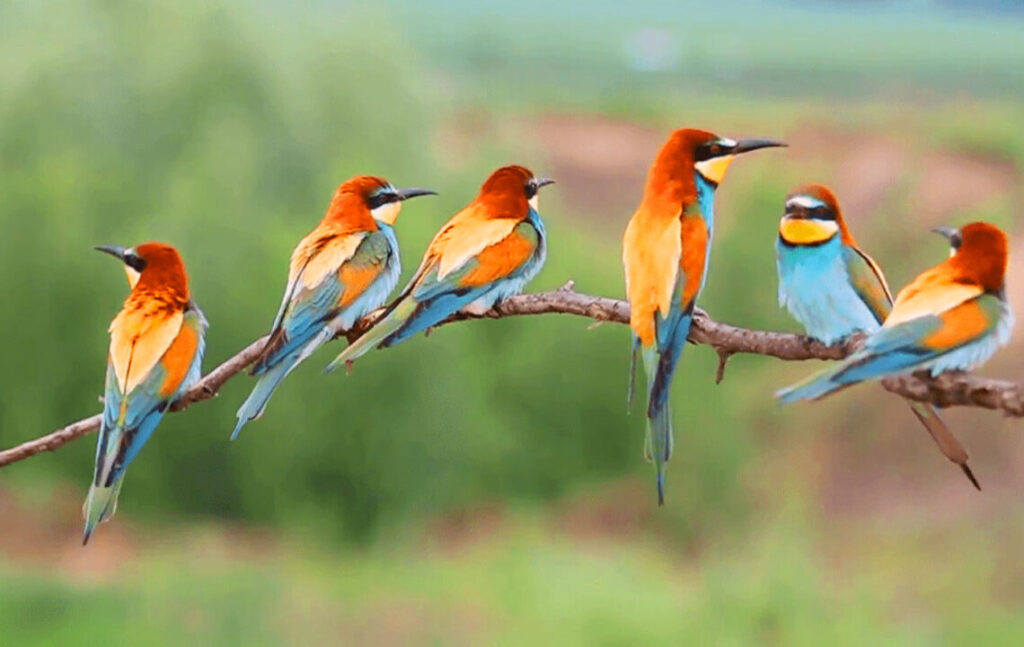
Looking Ahead
As the hatching season progresses, scientists and conservationists will continue monitoring bird populations and their breeding success. The data collected helps inform policy decisions and conservation strategies to protect Nepal’s avian diversity.
Visitors are encouraged to respect wildlife and maintain safe distances while birdwatching, ensuring minimal disturbance to the birds and their young.
With its rich birdlife, vibrant habitats, and dedicated conservation communities, Chitwan National Park remains a shining example of Nepal’s natural heritage. The ongoing arrival and hatching of migratory birds not only symbolize the changing seasons but also reinforce the global importance of Nepal as a sanctuary for migratory species.
